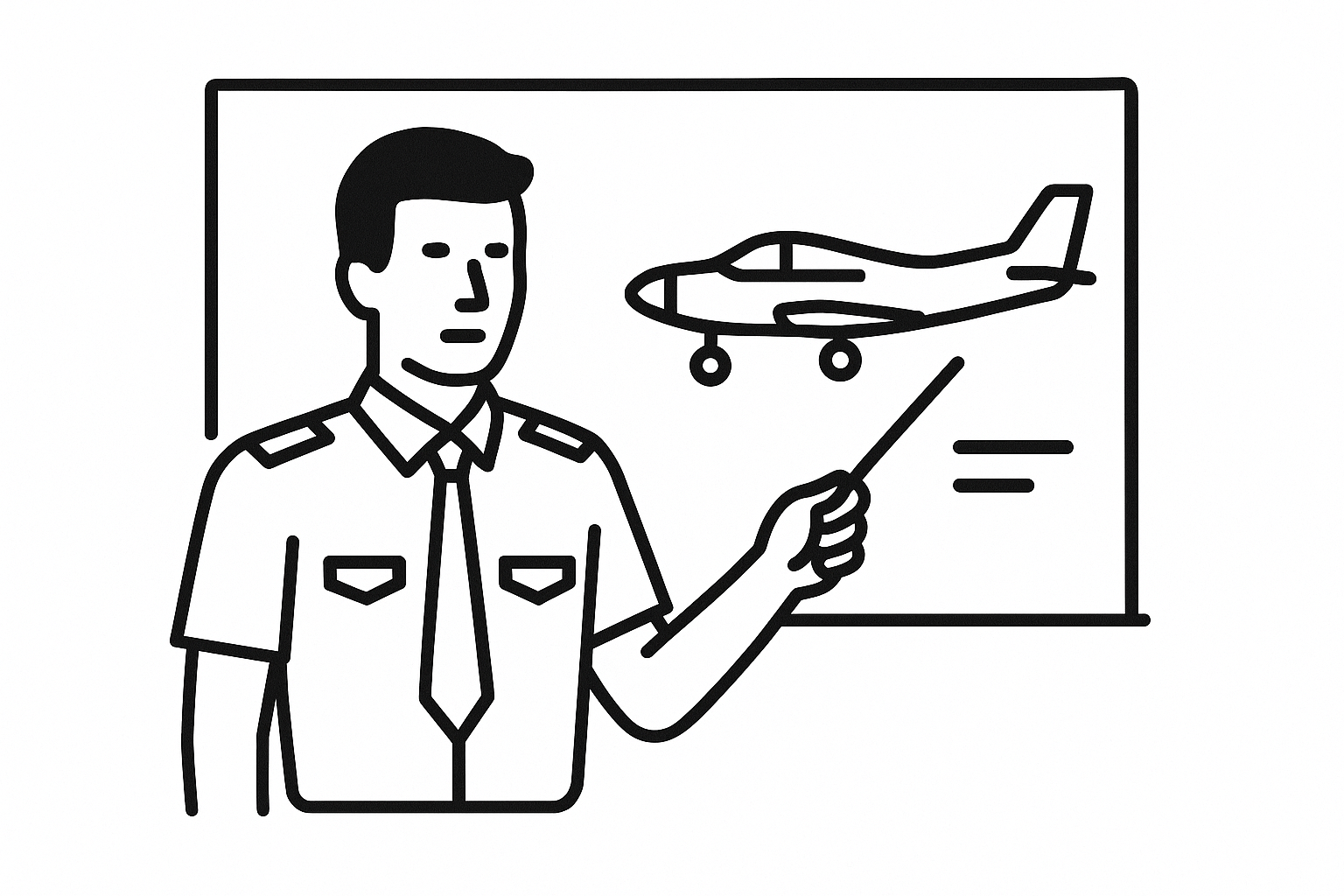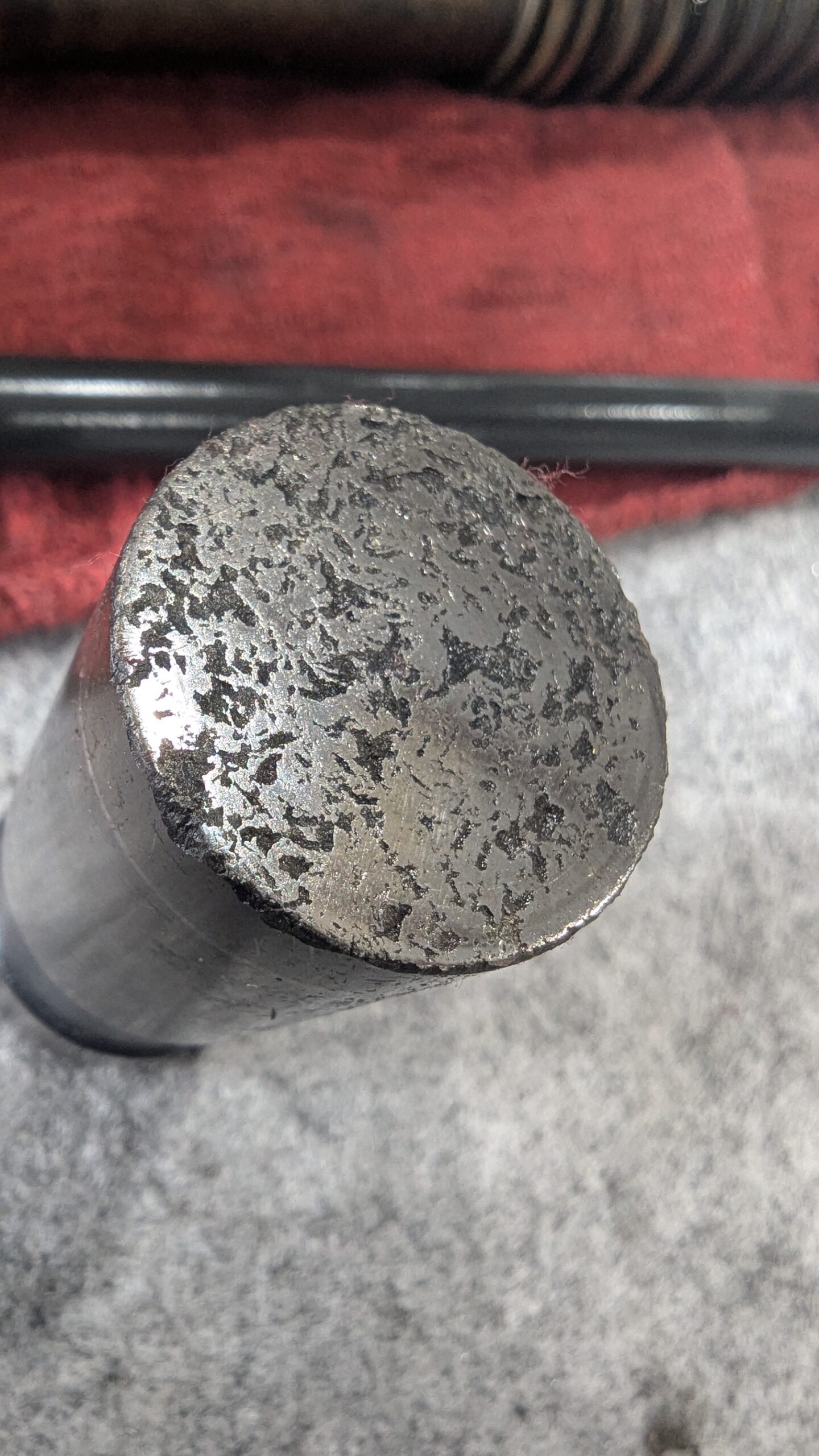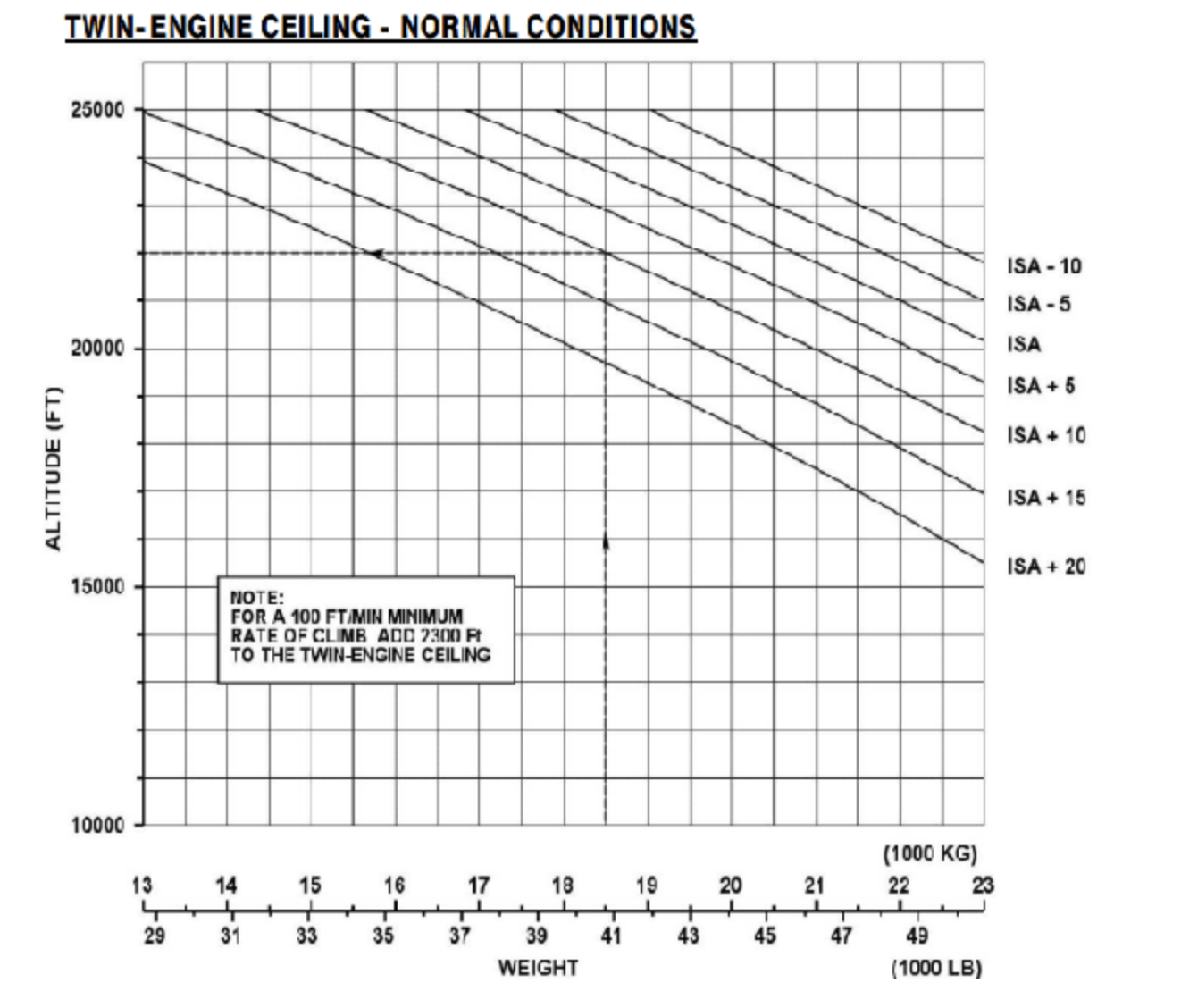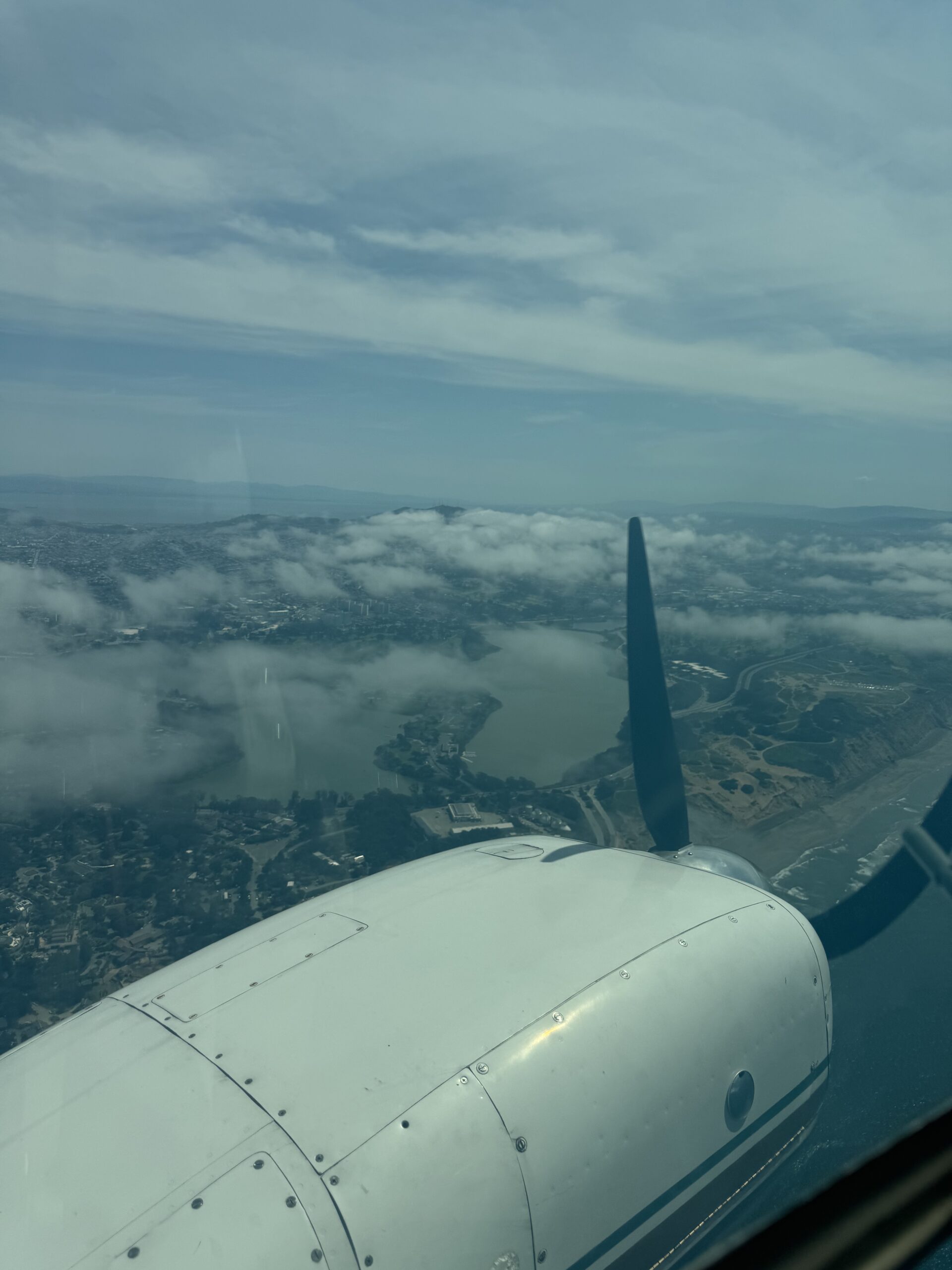Hi, I’m David
As a passionate and experienced multi-engine flight instructor, I specialize in training pilots to operate complex, multi-engine aircraft—particularly Beechcraft—with confidence and precision.
Based in the San Francisco Bay Area, I can meet you at your airport or you can come to my home field, San Martin Airport (E16).
Services

Training
Comprehensive multi-engine instruction, and endorsements for complex and high-performance aircraft.

Ferry
Professional ferry services, coast to coast, specializing in the safe and efficient transport of aircraft, with an emphasis on Beechcraft aircraft.

Drone
Commercial drone services including professional piloting, photography and videography.
Latest teachings
contact information
David Stites
309-825-0155




